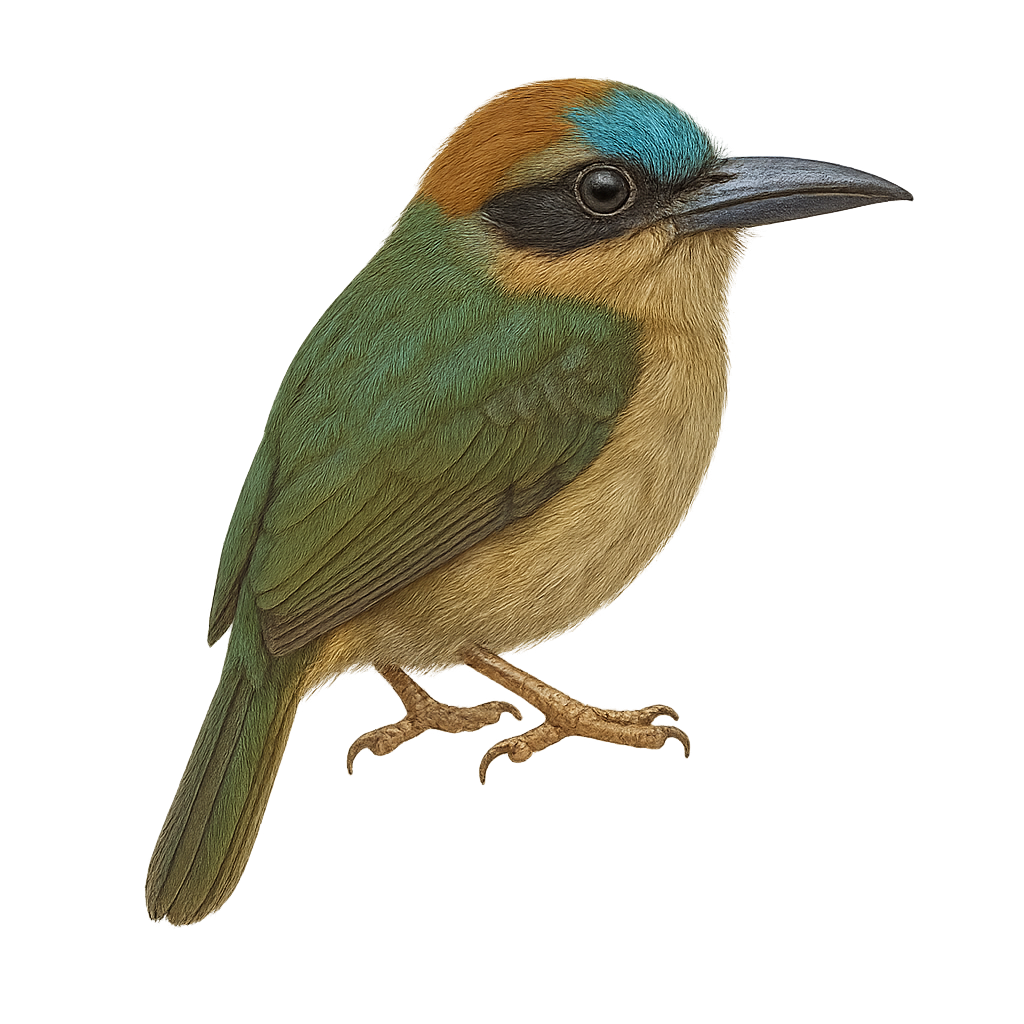Your wildlife photography guide.
Explore the tody motmot in detail, study its behavior, prepare your shots.
Where to observe and photograph the tody motmot in the wild
Learn where and when to spot the tody motmot in the wild, how to identify the species based on distinctive features, and what natural environments it inhabits. The WildlifePhotographer app offers tailored photography tips that reflect the tody motmot’s behavior, helping you capture better wildlife images. Explore the full species profile for key information including description, habitat, active periods, and approach techniques.
Tody Motmot
Scientific name: Hylomanes momotula

IUCN Status: Least Concern
Family: MOMOTIDAE
Group: Birds
Sensitivity to human approach: Suspicious
Minimum approach distance: 10 m
Courtship display: April to May
Incubation: 20-22 jours
Hatchings: April to June
Habitat:
Humid tropical forests, dense undergrowth
Activity period :
Primarily active during the day, with peak activity in the morning and late afternoon.
Identification and description:
The Tody Motmot, or Hylomanes momotula, is a discreet and fascinating bird belonging to the Momotidae family. It is mainly found in the humid tropical forests of Central America, where it blends skillfully into the dense foliage with its green and blue plumage. This small bird, measuring about 16 cm in length, is recognizable by its robust and slightly hooked beak, ideal for capturing insects and small invertebrates. The Tody Motmot is often seen alone or in pairs, perched silently waiting for its prey. Its discretion and shy behavior make it a challenge for ornithologists and photographers.
Recommended lens:
400 mm – adjust based on distance, desired framing (portrait or habitat), and approach conditions.
Photography tips:
To photograph the Tody Motmot, it is advisable to use a telephoto lens of 400 mm or more to capture detailed images without disturbing the bird. Look for it in the dense undergrowth of humid tropical forests, where it often perches in wait. Be patient and discreet, as this bird is suspicious and may fly away quickly if disturbed. Use low ISO settings to capture the beauty of its colorful plumage in low light conditions.
The WildlifePhotographer App is coming soon!
Be the first to explore the best nature spots, track rutting seasons, log your observations, and observe more wildlife.
Already 1 430 wildlife lovers subscribed worldwide

